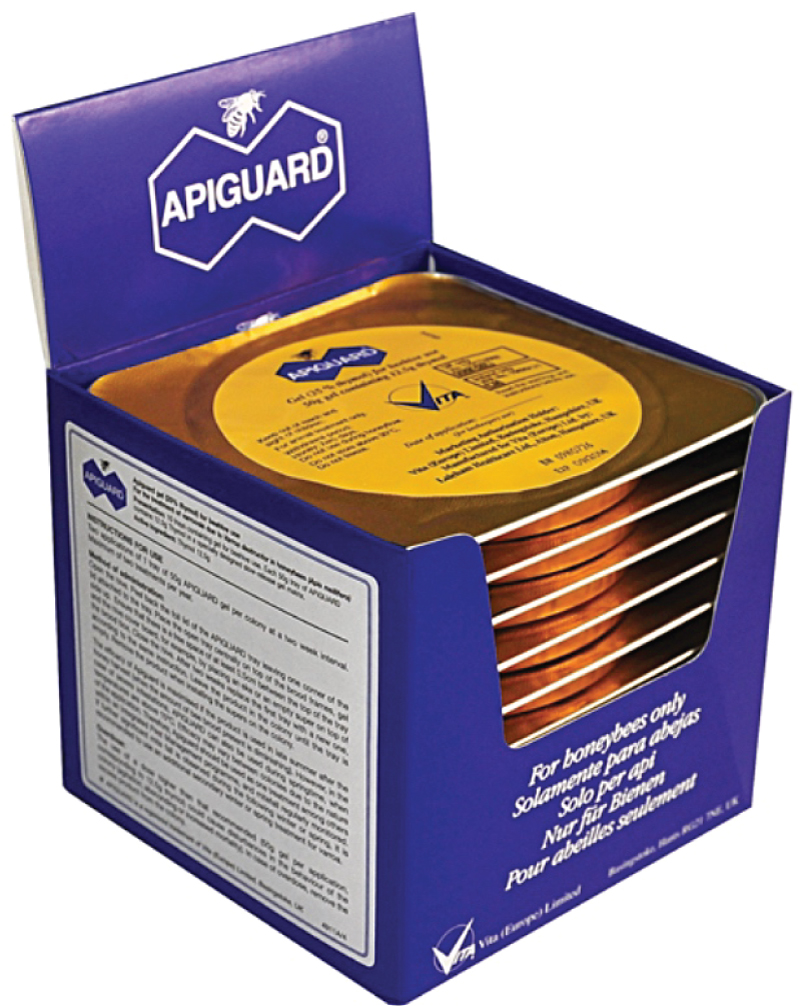Notice
Apiguard Packet (10 x 50g Trays) has zero inventory and cannot be added to the cart
Tel: 02 9731 7400 | Unit 1A, 1 Swaffham Road, Minto NSW 2566
Store Categories
Key Facts
- Natural product
- Very easy to apply (see video below)
- High efficiency against three types of hive pest: varroa mites, trachael mites / Acarine and chalkbrood
- Use against varroa mite resistant to pyrthroids
- No withdrawal time
- No risk to users
- Ideal in Integrated Pest Management (IPM) programmes.
How to use Apiguard for Varroa Control
And here’s an updated Frequently Asked Questions (pdf)
Apiguard is extremely easy to use: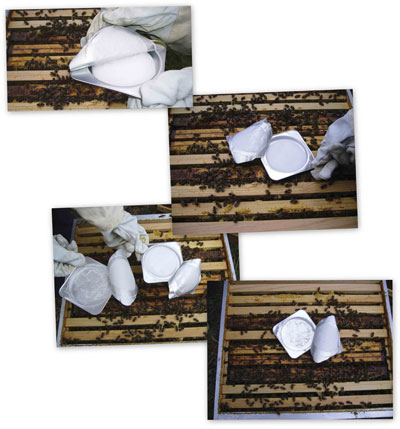
- Place the opened tray face upwards in the top of brood frames, preferably centred over the colony.
- After 10 days examine the tray and if it is almost empty, replace with a second tray. If there is product left in the tray after 10 days leave until day 14 and then replace.
- Leave the second tray in position for a further 2-4 weeks and treatment has been completed (duration of treatment therefore lasts 4-6 weeks).
Apiguard works best in temperatures above 15°C. But it is also effective at lower temperatures even though the gel takes longer to evaporate and the gel needs to be left I place for longer.
For the latest detailed update on using Apiguard, see Vita’s latest Apiguard FAQ (pdf) and video (above).
What is Apiguard
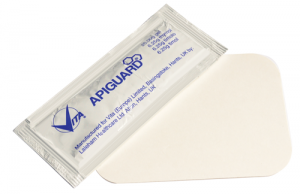 Apiguard is a sophisticated, patented slow release gel that ensures correct dosage of its active ingredient, thymol. Thymol is a naturally occurring substance derived from the plant thyme.
Apiguard is a sophisticated, patented slow release gel that ensures correct dosage of its active ingredient, thymol. Thymol is a naturally occurring substance derived from the plant thyme.
Apiguard gel comes in 50g ready-to-use aluminium trays (two will treat one standard colony). In certain markets, Apiguard is also available in 3kg tubs and 25g sachets.
The handy 25g sachet (pictured right) for nucleii, very small colonies and use in hot climates is available in some countries.
The 3kg tub, suitable for bee farmers and those with many colonies, comes with dosage tools to ensure correct and easy dosing and is available in some countries.
Apiguard has no harmful effect on the honeybee colony: neither on brood nor on adults. In regulatory terms, the EC maximum residue limit of Apiguard has been classified as “No MRL necessary” because of its low toxicity and hive residue profile.
How Apiguard works
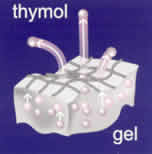 Once in place, vapour from the Apiguard gel is given off. Unlike some other formulations and raw crystals, the release from the gel works steadily and does not disturb the bees unduly.
Once in place, vapour from the Apiguard gel is given off. Unlike some other formulations and raw crystals, the release from the gel works steadily and does not disturb the bees unduly.
Worker bees climb into the Apiguard tray, remove the gel as a hive-cleaning behaviour and distribute it throughout the colony. The gel sticks to the bees’ body hairs and, as the bees move through the hive, particles are left throughout the hive. The worker eventually throws out the gel it is carrying, but the traces remain until they too are removed later.
Apiguard – a proven worldwide success
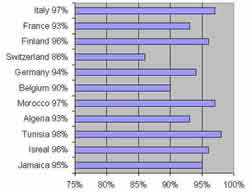 Apiguard trials in more than 600 honeybee colonies in 10 countries across Europe, the Middle East and North America have shown it to be a very effective, easy-to-use treatment (even easier than Apistan!). Under normal conditions it gives an average efficacy of 93%. Often the control levels are higher and sometimes a little lower.
Apiguard trials in more than 600 honeybee colonies in 10 countries across Europe, the Middle East and North America have shown it to be a very effective, easy-to-use treatment (even easier than Apistan!). Under normal conditions it gives an average efficacy of 93%. Often the control levels are higher and sometimes a little lower.

